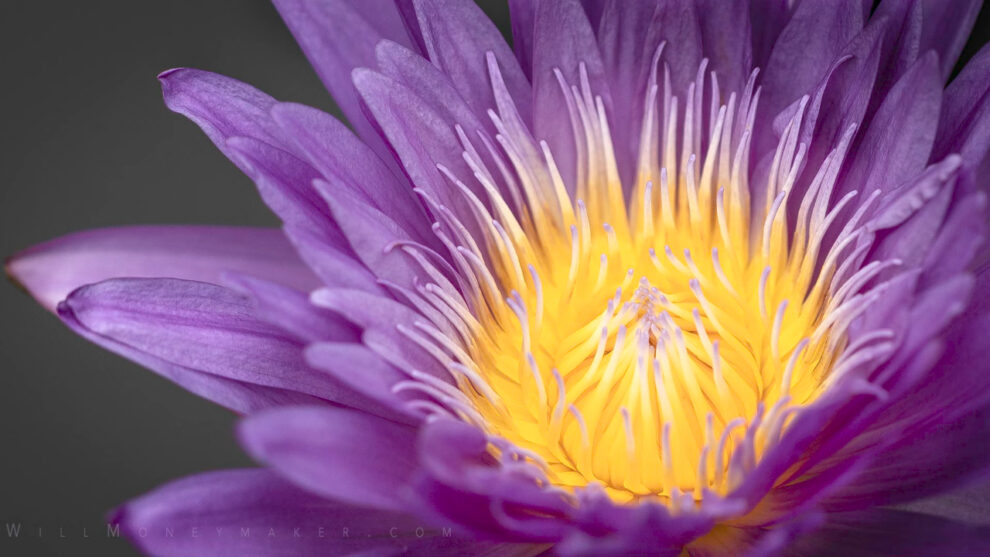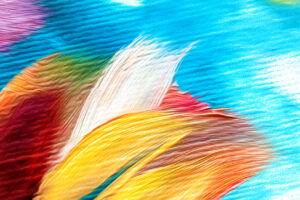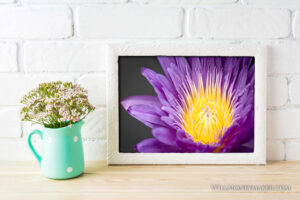There are certain phases of learning that, no matter our vocation, most all of us go through. As photographers, when we’re young, there is a tendency to emulate those that we admire. And this isn’t limited to just photographers. Painters start by emulating their favorite painters, and writers want to write like their favorite authors.
For us, those early learning stages often consist of emulating our favorite photographers. You might be thinking that you want to take photographs like Ansel Adams, Annie Liebowitz, or someone else that you look up to.
And that’s OK! There’s absolutely nothing wrong with emulating those who we look up to in those early, formative stages. After all, it’s one of the best ways for us to learn.
If we’re inspired, for instance, by Ansel Adams’ black and white photography, then we’ll go to great lengths to replicate a similar look and feel. In so doing, we learn all kinds of things. How to manipulate light to produce high contrast photographs, how to compose landscapes so that they show great depth and grandeur. We develop an eye for constructing images that feature the deepest black and brightest white. Any time we emulate a style, we learn all the mechanics that go into reproducing that style, and these skills become part of our repertoire forever no matter what we eventually go on to photograph.
All of this is fine and well but at a certain point, every photographer must break away and branch out on his or her own. You can liken it to a baby bird leaving the nest. Each of us must fly on our own someday.
So if you’re still in the early stages when you’re learning to emulate the techniques of your favorite photographers? Consider when it might be time for you to break free and be your own photographer. It doesn’t have to be now. Maybe that day is still a while in coming if you feel you need more time to learn and progress.
But the key thing to remember is this: There can only be one you. Sure, there may be techniques and styles that you favor because certain photographers inspired that in you. All of us have role models that we look up to. Even the most experienced photographers can claim a variety of influences over their own work. But that work is still their own.
Someday, you’ll need to make your work your own. It takes coming to the understanding that you are the one and only photographer in the world who can create the images that you do. No other person possesses your unique perspective, your vision, or the thoughts and feelings that motivate you to create. This means that eventually, if you want to come into your own, you must leave the nest so to speak, and create the art that only you are capable of creating.





